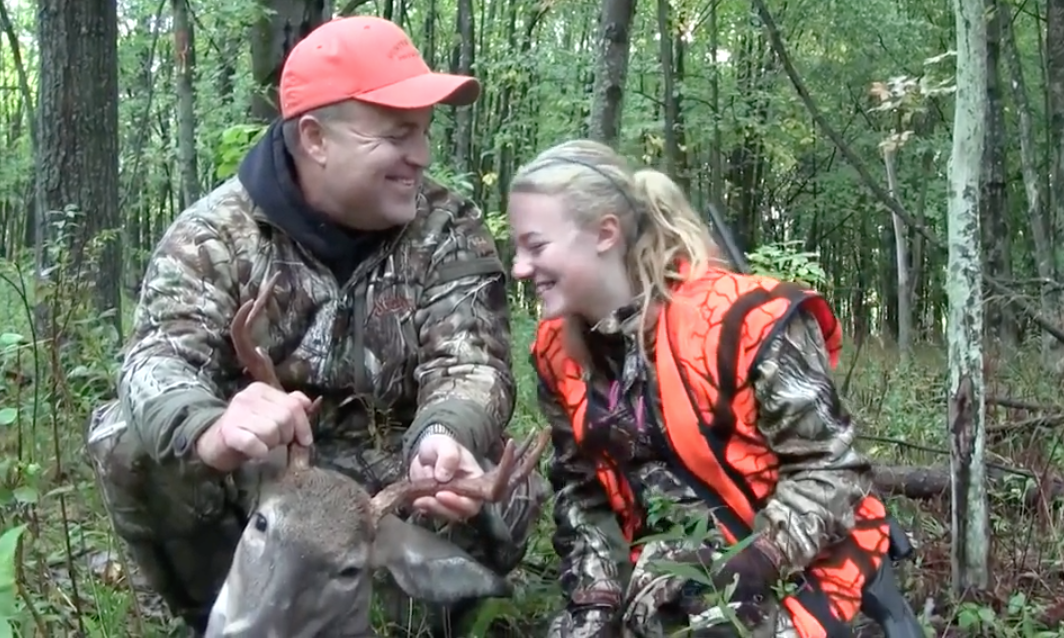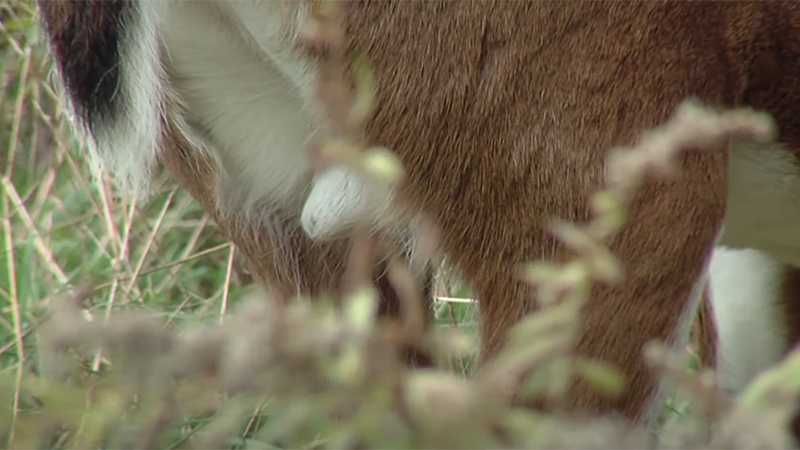Today we’re highlighting hunters from New York. Check out some awesome hunt moments!


Today we’re highlighting hunters from New York. Check out some awesome hunt moments!

The final version of the state budget includes a provision to lower the minimum age for deer hunting with a firearm or crossbow from 14 to 12.

A $6.6 million deer vasectomy program, now in its fifth year, was initially halted for the year amid Parks Department budget cuts due to the coronavirus pandemic.

by Ben Sobieck, online editor
Hunters in New York now know what to expect in the next five years.
New York’s Department of Environmental Conservation recently released its deer management plan for 2012-2016. It focused on six primary goals:
1. Manage deer populations at levels that are appropriate for human and ecological concerns;
2. Promote and enhance deer hunting as an important recreational activity, tradition, and population management tool in New York;
3. Reduce negative impacts caused by deer;
4. Foster public understanding and communication about deer ecology, deer management, economic aspects and recreational opportunities;
5. Manage deer to promote healthy and sustainable forests and enhance habitat conservation efforts to benefit deer and other species; and
6. Ensure that the necessary resources are available to support sound management of white-tailed deer in New York.
These broad goals could apply to almost any state, but the plan does offer some measures unique to New York:
* Promote recreational hunting, among all New Yorkers, as a safe, enjoyable and ethical activity and as the primary tool to manage deer populations. This is significant considering the diverse range of views between New Yorkers in large cities and in the rural upstate areas.
* Begin the Southern Zone bowhunting season and the regular season in Westchester County on October 1 each year; allow bowhunting during the late muzzleloading season in the Northern Zone in areas where the late season is open; and set the Northern Zone regular season to run for 44 days beginning the 4th Saturday in October.
* Increase deer harvest in areas with generally overabundant deer by establishing
Deer Management Focus Areas by regulation with intensified use of traditional hunting.
* Develop a model ordinance for the discharge of firearms that local municipalities may adopt to promote the safe and reasonable use of firearms while maintaining the flexibility needed to manage wildlife populations through hunting or culling.